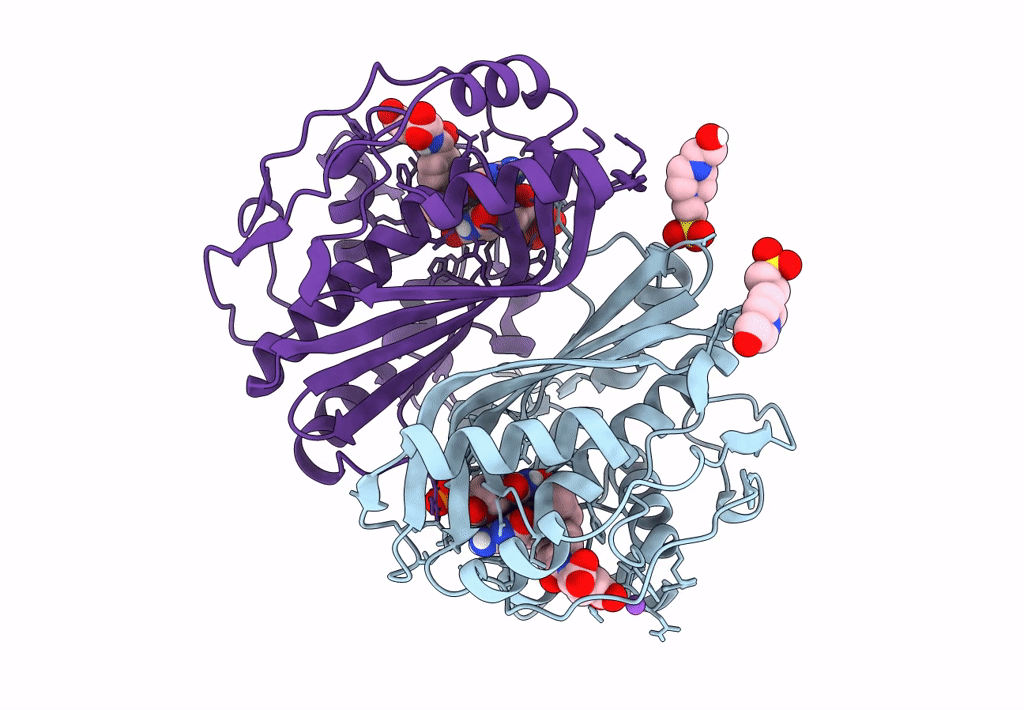
Deposition Date
2019-01-15
Release Date
2019-01-30
Last Version Date
2024-11-20
Entry Detail
PDB ID:
6NNR
Keywords:
Title:
high-resolution structure of wild-type E. coli thymidylate synthase
Biological Source:
Source Organism:
Escherichia coli (strain K12) (Taxon ID: 83333)
Host Organism:
Method Details:
Experimental Method:
Resolution:
1.05 Å
R-Value Free:
0.13
R-Value Work:
0.12
R-Value Observed:
0.12
Space Group:
P 63


